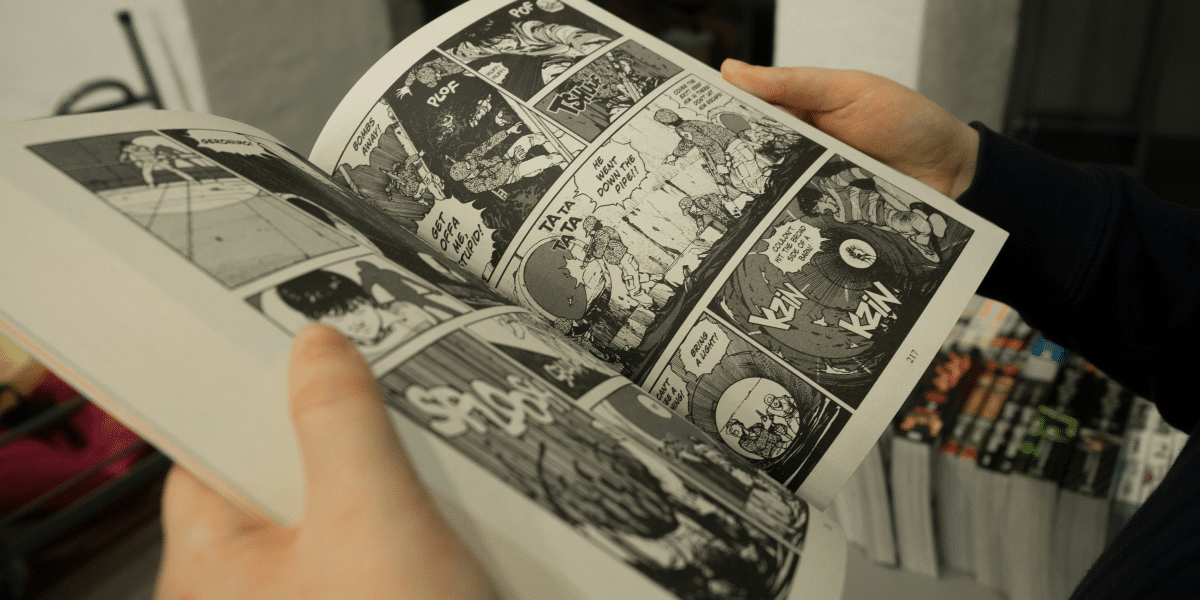Comics have long served as a potent medium for social commentary and political satire, offering creators a unique and accessible platform to address complex issues. From the serialized comic strips in newspapers to the graphic novels of today, the evolution of this art form reflects its enduring relevance in society. Comics can distill intricate sociopolitical concepts into digestible narratives, making them an effective tool for both reflection and critique.
Historical Context
The roots of political satire in comics can be traced back to the early 18th century, with artists like James Gillray and Thomas Nast using their craft to lampoon political figures and societal norms. Nast, for instance, is credited with popularizing the modern image of Santa Claus and the Republican elephant, but his work also played a critical role in bringing down the corrupt political machine of Tammany Hall. This historical precedent underscores the power of comics as a form of social commentary.
Accessibility and Reach
One of the primary strengths of comics lies in their accessibility. Unlike dense academic texts or lengthy op-eds, comics can engage a broad audience through a combination of visual art and concise storytelling. This accessibility democratizes the discussion around social and political issues, allowing people from various backgrounds to engage with and reflect on these topics. The visual nature of comics also means that they can transcend language barriers, making them a global medium for social commentary.
Emotional Impact
Comics can evoke strong emotional responses, making them particularly effective for satire. Through exaggeration, caricature, and humor, comics can highlight the absurdities of political systems or social norms in a way that resonates deeply with readers. Art Spiegelman’s “Maus,” for example, uses the medium of comics to tell the harrowing story of the Holocaust, employing anthropomorphic characters to powerful effect. While not satirical, “Maus” demonstrates how the medium can tackle serious subjects in a manner that is both impactful and accessible.
Modern Examples
In recent years, comics have continued to serve as a vital tool for social commentary and political satire. Works like Alan Moore’s “V for Vendetta” and Art Spiegelman’s “Maus” have become seminal texts that explore themes of authoritarianism and historical trauma, respectively. On the more satirical side, publications like “The Nib” and webcomics such as “xkcd” and “The Oatmeal” use humor and wit to dissect contemporary issues ranging from technology to politics.
The Role of Webcomics and Social Media
The rise of the internet has further amplified the reach and impact of comics. A platform for comic book fans, webcomics and social media allow artists to publish and disseminate their work to a global audience instantly. This immediacy is particularly advantageous for political satire, as it enables creators to respond to current events in real time. Online platforms also provide a space for marginalized voices to contribute to the discourse, enriching the diversity of perspectives available in the medium.
Challenges and Controversies
Despite their strengths, comics as a form of social commentary and political satire are not without challenges. The visual nature of comics can sometimes lead to misinterpretation, and the use of satire can blur the line between critique and offense. Additionally, the commercial aspects of the comics industry can influence the type of content that gets published, potentially limiting the scope of critical perspectives.
Conclusion
Comics have proven to be a resilient and versatile medium for social commentary and political satire. Their unique combination of visual and textual storytelling allows them to engage a wide audience, evoke strong emotional responses, and address complex issues in an accessible manner. As society continues to evolve, so too will the role of comics in reflecting and critiquing the world around us. Whether through the pages of a graphic novel or the pixels of a webcomic, this art form will remain a vital tool for both social reflection and political critique.
Published by: Holy Minoza

















